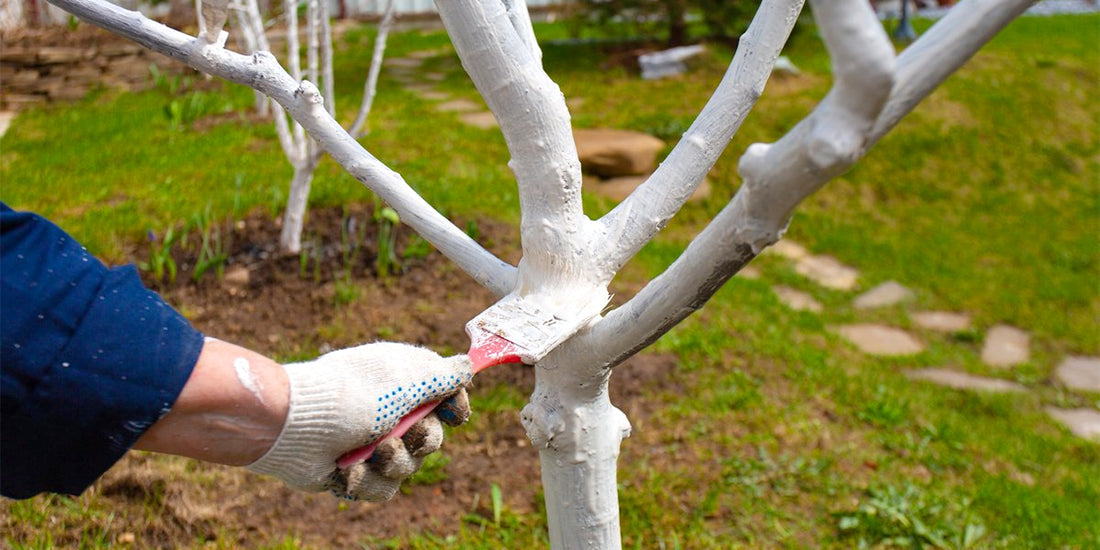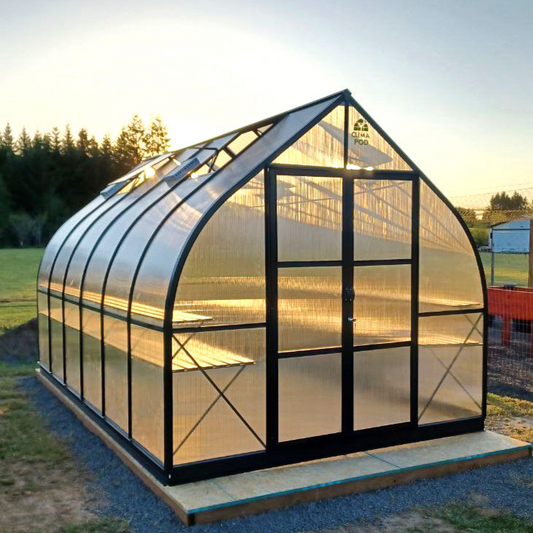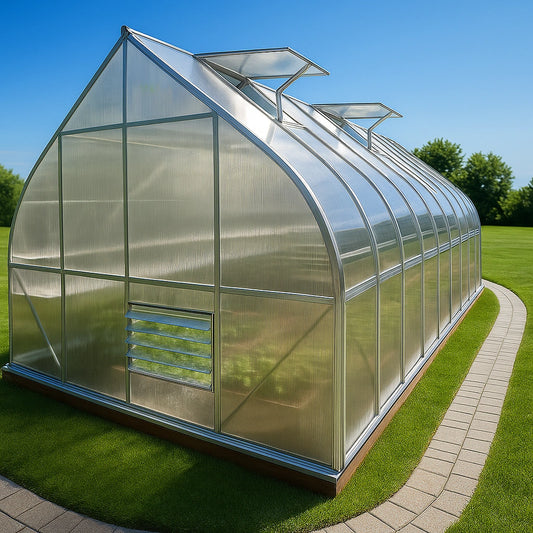
The whitewashing of the trees. When, how or whether it is necessary to do at all?
Whitewashed tree trunks, a common springtime sight, are often viewed as purely decorative. However, this practice offers crucial protection for the tree's health and longevity.
The Importance of Whitewashing Trees
To understand why whitewashing is essential, consider the tree's bark—its protective layer analogous to human skin. This bark is the first line of defense against numerous environmental stressors:
- Extreme temperature fluctuations
- Desiccating winds
- Intense sun and harsh frosts
- Rodent damage
- Insect pests
- Accidental damage (e.g., fire)
Exposure to these elements can cause sunscald, frost cracks, and other damage, weakening the tree and making it vulnerable to disease and pests. The difference between the smooth bark of a young sapling and the rough, cracked bark of a mature tree highlights the cumulative effects of these stresses. Damage to the bark allows infection and pests to invade, leading to premature decline and death.
Whitewashing provides essential protection by:
- Preventing winter and early spring sunscald, especially when leaf cover is absent.
- Minimizing damage from temperature fluctuations, reducing bark cracking and frost damage.
- Deterring insect pests and their larvae from establishing themselves in the bark.
Therefore, whitewashing is far from merely decorative; it's a highly effective protective measure supported by years of horticultural practice.

Whitewashing Young Trees: Addressing Common Concerns
Both mature and young trees benefit from whitewashing. A common misconception is that young trees shouldn't be whitewashed because it might damage their delicate bark or inhibit growth. While a highly concentrated lime solution *can* harm young bark, this risk is easily mitigated.
Using a diluted lime solution or a specialized water-based or acrylic paint significantly reduces the risk of damage. The benefits of protection from sunscald and frost far outweigh the minimal potential harm from a properly diluted whitewash. Young trees, particularly those recently transplanted from nurseries (where they often experience less sunlight), are especially vulnerable to sunscald and benefit greatly from whitewashing, particularly after autumn planting.
Optimal Timing for Whitewashing Trees

Experienced gardeners recommend whitewashing trees two or three times annually for optimal protection:
- Fall Whitewashing (October-November): This is the most crucial application, protecting trees before winter's harshest conditions. It's essential to complete this before the onset of severe weather to prevent disease and pest infestations.
- Spring Whitewashing (Late February-Early March): This application refreshes the autumn treatment and provides additional protection during the vulnerable period of fluctuating temperatures in late winter/early spring.
- Summer Whitewashing (Mid-Summer): A third application might be beneficial if the previous whitewash has been significantly washed away by rain or has begun to peel. This is optional, especially if a long-lasting formula was used.
The February and March sun can significantly warm a dark tree trunk, causing sap flow to begin. Nighttime frosts then freeze this sap, leading to bark splitting. Whitewash reflects sunlight, preventing this premature warming and protecting the tree from frost damage. Whitewashing delays the tree's awakening, offering additional protection from late spring frosts.
If fall whitewashing was missed, February application is critical — ideally before April. Post-April applications are largely cosmetic and offer minimal protection. If the autumn application was successful, the spring renewal can be performed in February, March, or even early April.
Whitewashing Techniques: Height and Materials

Experienced gardeners recommend whitewashing the entire trunk from the root flare to the first major branch, as well as the lower skeletal branches up to about one-third of their length. While completely encasing the tree in whitewash would offer maximum protection, this is time-consuming and impractical.
A variety of mixtures can be used, including limewash, water-based emulsions, and water-dispersion paints. The key is to select a white, breathable mixture that adheres well and lasts. To improve adhesion, consider adding ingredients like clay, milk, soap (dish or laundry), casein glue, or PVA glue to your chosen mixture.
Finally, ensure the weather is suitable for drying to allow the whitewash to properly set. Thorough and meticulous application, covering every part of the designated area, is crucial for effective protection.












